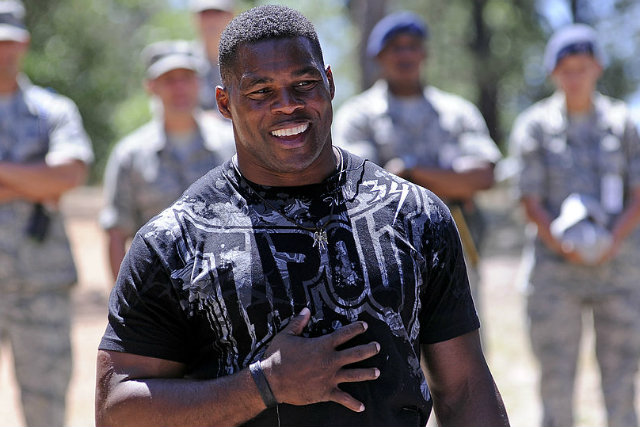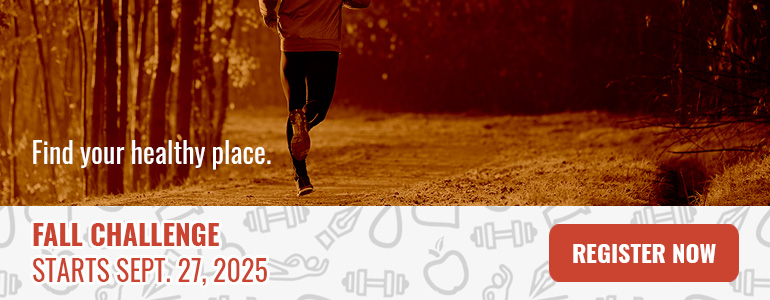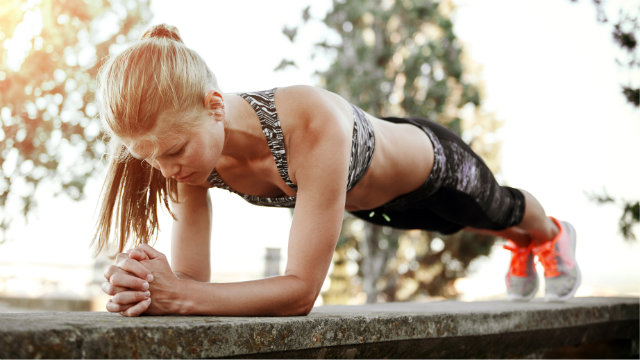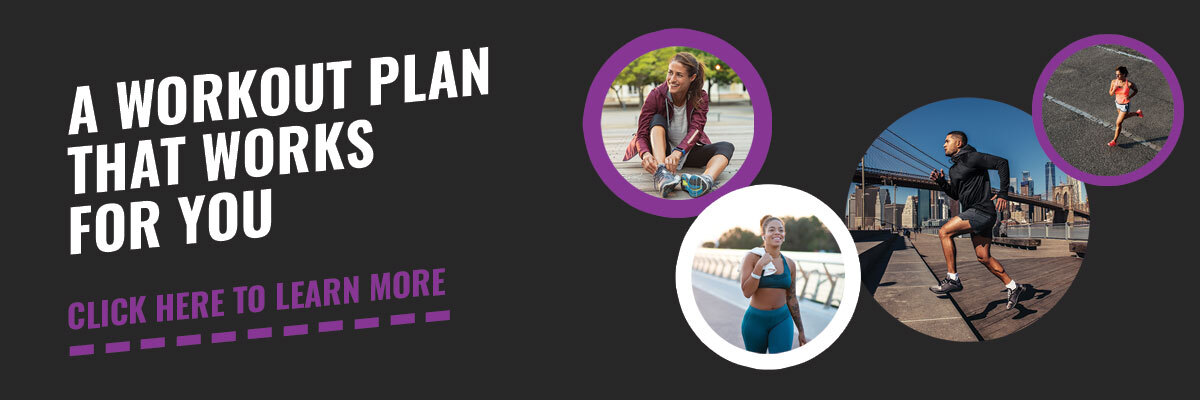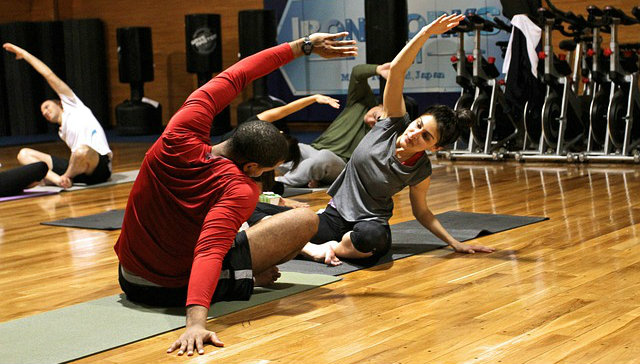 Reading Time: 8 minutes
Reading Time: 8 minutesOne of the best things I’ve read in months was a quotation from Hall of Fame basketball player Allen Iverson. When asked why he didn’t lift weights during his storied fifteen-year career, “The Answer” answered simply, “That [stuff] was too heavy.”
While Iverson’s response is hilarious, it’s also a head-scratcher considering he was one of the most dominant players of his era. While Iverson’s practice habits were oft criticized and his slight frame might have benefited from hitting some weights, the proof remains in the pudding. Iverson’s success and work ethic on the court were indisputable and the reality is he didn’t need to lift weights to succeed as a supremely fit and preeminent professional athlete.
At the other end of the physical spectrum is Herschel Walker. Walker (pictured below) was one of the most dominant running backs ever to play college football and he enjoyed a successful career in the NFL, as well. Unlike Iverson, Walker was built like a Greek statue.
Back in the day, Sports Illustrated ran an article about Walker’s unique training regimen titled My Body’s Like an Army. The gist was that Walker was able to achieve the pinnacle of success without lifting any weights. Instead, Walker focused on the old-school way to build a physique — using bodyweight exercises like push-ups, pull-ups, and sprints. Walker, like Iverson, performed at the highest level of his sport without needing the assistance of traditional strength training with weights.
The Elements of an Effective Exercise Program
Athlete or not, it’s widely agreed upon that for an exercise program to be effective and complete, it needs to include two fundamental and critical elements — strength and cardio.
Effective cardiovascular exercise can be achieved by simply performing the right sport from soccer to swimming. For some, cardio is a walk around the block while for others it’s a daily bike commute to work. Cardio can be kickboxing, spin class, or running on the treadmill. One might contend that everyone can find at least one way of moving their body aerobically that is at least in part accessible and enjoyable.
When it comes to strength training, science corroborates that it is of paramount importance and almost all major medical bodies recommend it as fundamental. The benefits associated with it include stronger musculature, more defined physique, faster metabolism, stronger connective tissue, and greater bone density, to name a few.
But the idea of “strength training” is limited in most people’s minds to one option: hitting the weights. And this is problematic for one simple reason — not everyone likes to lift or enjoys going to the gym. So let’s discuss “strength training” with a different term that is sometimes used: “resistance training.” And instead of the “resistance” coming from the weight of a barbell, we’re going to talk about using just the weight of your body.
If you hate lifting weights or just dread going to the gym, here’s how you can spice up your training routine and get the most out of bodyweight-only exercise.
1. Pick a Sport Where Resistance Is Baked In
Have you seen an Olympic sprinter or gymnast? These athletes tend to be muscular and strong because of their sport. While most world-class athletes compliment their sports with traditional strength training, some sports also have tons of resistance as a fundamental element of participation.
When you jump, cut, sprint, and hop like a basketball player, you are providing your body with tons of resistance. Resistance-heavy sports are ones that are dynamic and anaerobic — things like track and field, gymnastics, rock climbing, certain martial arts, basketball, and tennis. On the other hand, there are sports that are more predominantly fluid and aerobic — like cycling, endurance running, and soccer.
The Tip: Picking the right sport to play can play a role in how you get your body stronger. Hop on Yelp or Meet-up to find a team, group, or club near you and test out some new sports.
2. Slow It Down
Yet another way people are habitual when it comes to exercise is performing their sets and reps in the same cadence. It isn’t just the exercises you pick or the force applied that matters when it comes to getting stronger. It’s also the speed with which you do your work that counts.
At least two studies have shown that slow cadence exercise outperformed the strength gained with regular speed training. Granted, these studies used slow speeds applied to strength training with machines and free weights, but the same principle applies to bodyweight exercise. If you don’t believe me, try doing a bicycle crunch, push-up, or dip with the super-slow approach — take 3-5 seconds to go up and 3-5 seconds to go down.
The Tip: There are a lot of ways to play with cadence. Try starting with 1×1-second sets. 1 second down, 1 second up. Gradually work your way up to 5×5-second sets.
3. Variety Is the Spice of Life
The most important aspect of an exercise program is change. This is especially true of bodyweight exercise programs. As you get stronger doing a bodyweight routine, your resistance (your body) theoretically stays the same. That’s the equivalent of sticking with the fifteen-pound dumbbell when you’re twice as strong as you used to be.
Compounding this problem is that human beings are creatures of habit and often perform exercise the same way day in and day out. Therefore, it’s critical you look for ways to change your bodyweight resistance.
Fortunately, there are infinite combinations once you consider the variables of grip, speed, and angle. For instance, push-ups can be done slowly, with a wide versus a narrow grip, on a decline, on an incline, with a single arm, plyometrically, on your knuckles, on a stability ball, and dozens more ways.
Compound bodyweight exercises like squats and jumps can be performed differently each day providing you with additional resistance and strength gains in the process. This variety is also more fun and will keep your brain engaged!
The Tip: Switching up your routine is of paramount importance if you want to get stronger. Try the routine below. You can do it three days a week, on Monday, Wednesday, and Friday.
Day 1 – High Rep and Regular Speed
You can do each of these workouts two ways. You can do all the sets for one exercise (with rest in between sets) before moving on to the next exercise, i.e. do four sets of squats, then four sets of push-ups. Or, you work through the list as a circuit, i.e. one set of squats, one set of push-ups, one set of lunges, etc.
- Squats — 4 sets x 20 reps
- Push-ups — 4 sets x 20 reps (can be done on knees)
- Walking lunges — 4 sets of 20 reps (total)
- Dips — 4 sets x 20
- Mountain climbers — 4 sets of 40 reps (20 each knee)
- Bicycle crunches — 4 sets of 40 reps (20 each leg)
Day 2 – Slow Day, Try 3 Seconds Up, 3 Seconds Down
- Squats — 4 sets x 10 reps
- Push-ups — 4 sets x 10 reps
- Split squats — 4 sets x 10 (each leg forward)
- Exercise band reverse flys — 4 sets x 10
- Single-leg deadlifts — 4 x 10 (each leg)
- Alternating Supermans — 4 x 10 (each arm/leg)
- Bodyweight ab pikes — 4 sets x 10
Day 3 – Plyos and Isos
- Power push-ups — 4 sets x 8 (clapping or explosive push off bench or ground, can be done on knees)
- Bench/box jumps or squats — 4 sets x 8
- Burpees — 4 sets x 8
- Jumping lunges — 4 sets x 8 (each leg)
- Wall sit — 1 min
- Plank — 1 min (can be on elbows or palms)
4. Be Creative with Your Tools
What do a step, a suspension strap, and a stability ball have in common? They are all strength training tools.
One of the most basic and handy tools for resistance is a step, bench, or box. Any time your body fights gravity by moving up (or down) you are providing resistance to your muscles. Some great examples of resistance exercises using a simple bench are step-ups, jumps (up, down, or lateral), lateral steps, split squats (also known as a bench lunge), dips, incline and decline push-ups, and bench hop-overs.
Other creative tools for resistance outside of weights are suspension straps, exercise bands, sandbags, and balance modalities like a BOSU. All provide countless options for resistance training.
The Tip: You can outfit a room or garage with a pretty epic set-up for resistance training without one barbell, dumbbell, or kettlebell. Be creative. Chances are you actually have everything you need in your garage right now (except maybe space).
5. Get Your Yoga On
Yoga is known for many things including a mind-body connection, heat, poses, and fashion, but it’s not necessarily thought of as strength training. The research shows that it should be. Even the 2014 Super Bowl Champion Seattle Seahawks incorporated yoga as a blend of resistance and mindfulness training.
One of the best things about yoga is that it’s both dynamic and static. Yoga is effective as a strength-training modality because it incorporates movements you do in every day life combined with focus, flow, and breath. (And often also that slow tempo thing we talked about earlier.) Plus, you can do it anywhere you can find a patch of ground.
The Tip: Try following along with one of these free ten-minute yoga videos to see what it can do for you.
Don’t Worry About the Weights
If lifting weights is not your cup of tea, here’s my best piece of advice for you — don’t do it. There are many ways to incorporate resistance training into your routine and lifting weights is just one of those ways.
Success with exercise has everything to do with finding enjoyable and sustainable ways to move. Struggling against an exercise routine you despise is a recipe for short-term gain at best, but almost always long-term failure.
Instead, when it comes to choosing the optimal exercise routine, find a way to move that moves you.


